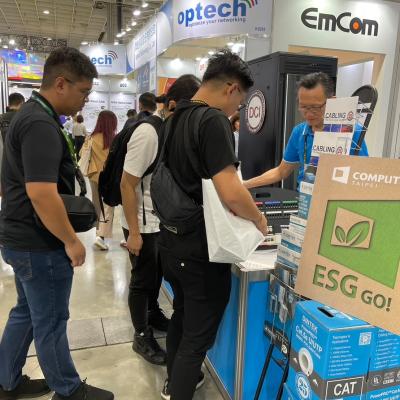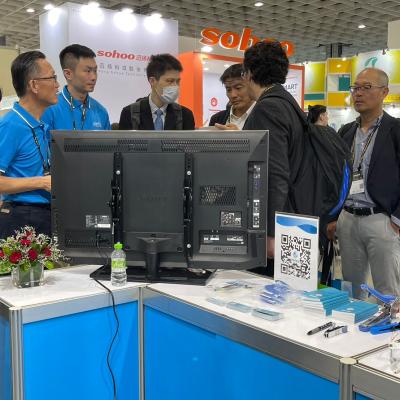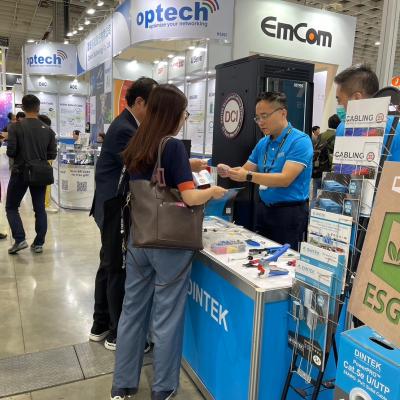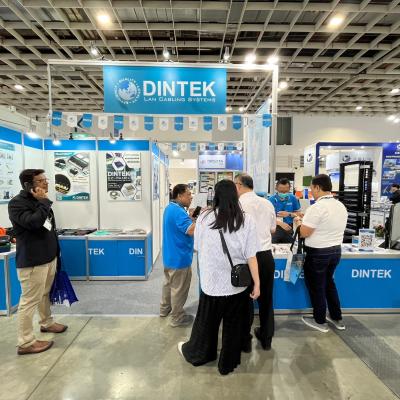Mastering Grounding for Shielded Network Cabling: A Modern Guide
In today's high-speed networking environments, electromagnetic interference (EMI) poses a significant threat to data integrity. Shielded cabling systems, such as F/UTP and S/FTP, are designed to mitigate these risks. However, their effectiveness hinges on proper grounding practices. This guide delves into the essentials of grounding shielded network cabling, ensuring optimal performance and compliance with industry standards.
Why Grounding Matters
Shielded cables incorporate metallic elements—foils, braids, or both—that serve as barriers against EMI. These shields:
Protect Data Integrity
Enhance Signal Quality
Ensure Compliance
By diverting unwanted noise away from the core conductors.
Reducing the potential for data errors and retransmissions.
Meeting standards like ANSI/TIA-607-D and ISO/IEC 11801 requires proper grounding of shielded systems.
Without effective grounding, these shields can inadvertently act as antennas, attracting EMI rather than deflecting it.
Understanding Shielded Cabling Types
It's important to recognize the different shielding configurations. Each type offers varying degrees of protection and requires specific grounding approaches.
F/UTP (Foiled/Unshielded Twisted Pair)
Features an overall foil shield around unshielded twisted pairs.
S/FTP (Shielded/Foiled Twisted Pair)
Combines individual foil shields for each pair with an overall braided shield.
Best practices for Grounding
Centralized Grounding Point
Connect the shield to the Telecommunications Grounding Busbar (TGB) in the telecommunications room. This minimizes potential differences and reduces the risk of ground loops.
Avoid Grounding at Both Ends
Grounding the shield at both the patch panel and the workstation can create ground loops, leading to interference. It's generally recommended to ground at the patch panel end only.
Use Appropriate Conductors
Employ a 12 AWG wire to connect the patch panel's ground lug to the TGB. Ensure all connections are secure and meet local electrical codes.
Integrate with Equipment Racks
Ground the patch panel to the equipment rack, which should, in turn, be connected to the TGB. This creates a continuous grounding path.

Regular Inspections
Periodically check grounding connections for corrosion, looseness, or damage to maintain system integrity.
Common Misconceptions
Shielded Cables Always Require Grounding at Both Ends
Not necessarily. Grounding at both ends can introduce ground loops. Evaluate the specific installation environment before deciding.
Unshielded Systems Don't Need Grounding
While UTP cables don't have shields, the overall network infrastructure still requires proper grounding to ensure safety and performance.
Conclusion
Proper grounding of shielded network cabling is not just a technical requirement—it's a cornerstone of reliable and high-performance network infrastructure. By adhering to best practices and understanding the nuances of different cabling types, you can ensure your network remains robust against EMI and compliant with industry standards.







